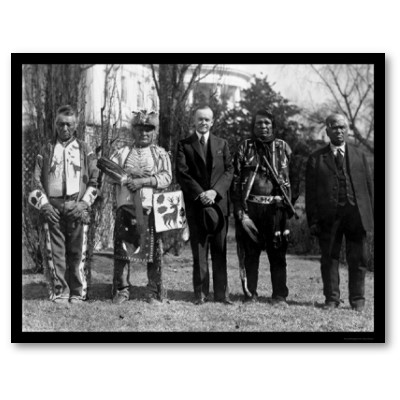Some History of the Osage-Orange Tree... The earliest account of the tree was given by William Dunbar, a Scottish explorer, in his narrative of a journey made in 1804 from St. Catherine's Landing on the Mississippi River to the Ouachita River. It was a curiosity when Meriwether Lewis sent some slips and cuttings to President Jefferson in March 1804. The samples, donated by "Mr. Peter Choteau, who resided the greater portion of his time for many years with the Osage Nation" according to Lewis's letter, didn't take, but later the thorny Osage-orange was widely naturalized throughout the U.S. In 1810, Bradbury relates that he found two trees growing in the garden of Pierre Chouteau, one of the first settlers of St. Louis (apparently "Peter Choteau"). The trees acquired the name bois d'arc, or "bow-wood", from early French settlers who observed the wood being used for war clubs and bow-making by Native Americans. Meriwether Lewis was told that the people of the Osage Nation "esteem the wood of this tree for the making of their bows, that they travel many hundred miles in quest of it." Many modern bowyers assert the wood of the Osage-orange is superior even to English Yew for this purpose, though this opinion is by no means unanimous. The trees are also known as "bodark" or "bodarc" trees, most likely originating from a corruption of "bois d'arc." The Comanches also used this wood for their bows. It was popular with them because it is strong, flexible and durable. This tree was common along river bottoms of the Comanchería. Information from http://en.wikipedia.org/wiki/Osage-orange all copyrights reserved |
Osage Indians and President Coolidge in 1925
 |
|